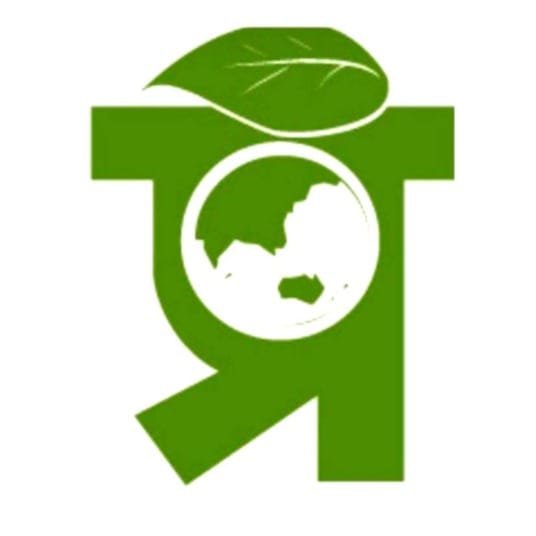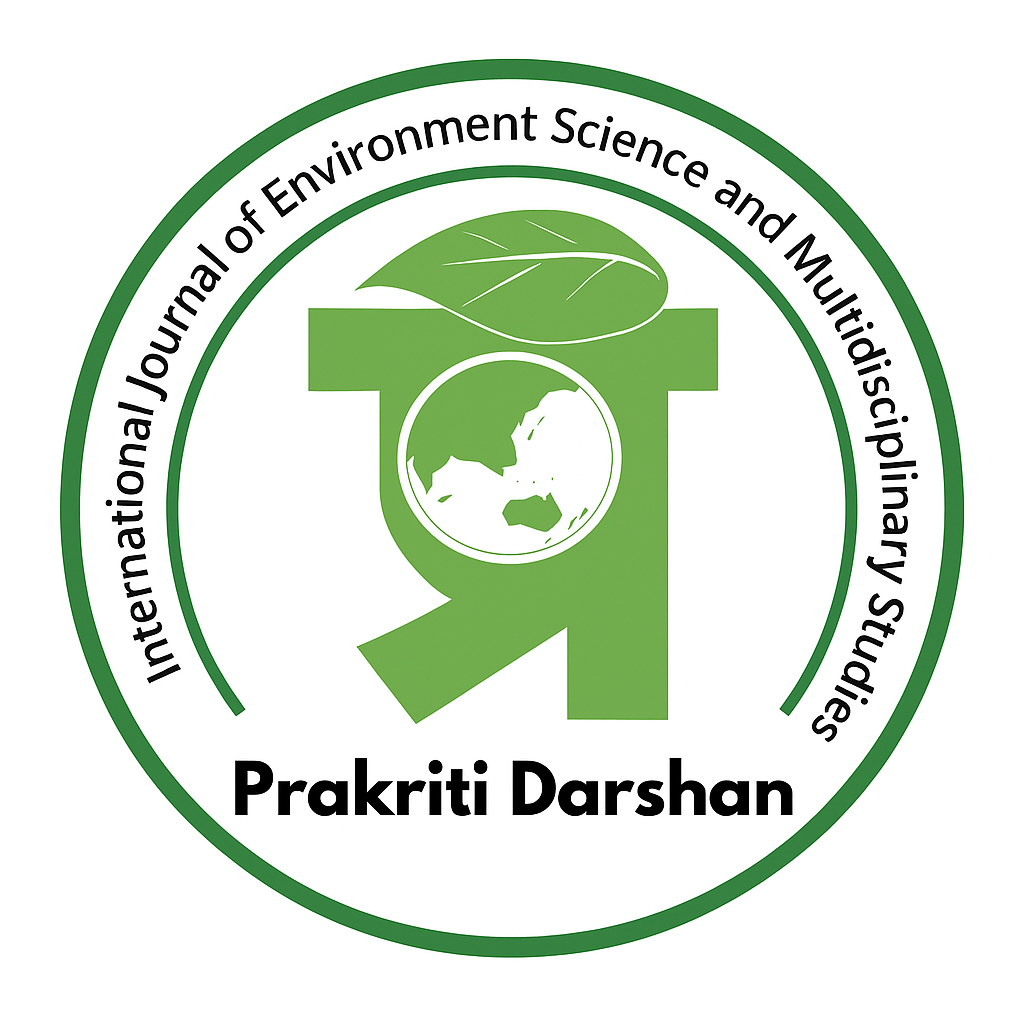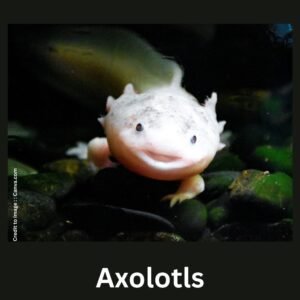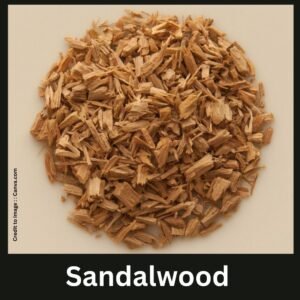The Grand Canyon Fire, a breathtaking monument of Earth’s history, is increasingly becoming a battleground against the growing threat of wildfires. While fire is a natural part of its ecosystem, rising temperatures, prolonged droughts, and human activities are intensifying the frequency and danger of these blazes. This article delves into recent Grand Canyon fires, the underlying causes, ecological consequences, and how managing these fires aligns with global goals of sustainability and biodiversity conservation.
Introduction :Grand Canyon Fire
Formed over millions of years by the powerful force of the Colorado River. The Grand Canyon stands as a stunning natural wonder. Its dramatic cliffs and vast depths tell the story of Earth’s ancient past, making it one of the most extraordinary landscapes on the planet. But beneath its awe-inspiring beauty lies a growing environmental concern—wildfires. In recent years, the Grand Canyon region has faced an alarming rise in fire events, raising red flags among ecologists, indigenous communities, and park officials. What was once a naturally occurring cycle is now being intensified by human-induced climate change and mismanagement of natural resources. Understanding the reality of the Grand Canyon fire is essential for preserving this natural heritage for future generations.
Latest Developments: Grand Canyon Fire & The Dragon Bravo Fire Goes Megafire
On July 4, 2025, a bolt of lightning sparked what would become the Dragon Bravo Fire—an intense wildfire that broke out along the North Rim of the Grand Canyon, setting the stage for one of the park’s most destructive blazes in recent history. Initially managed through a “confine and contain” strategy, the fire rapidly escalated due to a combination of dry conditions, high winds, and dropping humidity .
By August 1, it had scorched nearly 112,000 acres, officially crossing the megafire threshold and becoming the largest active wildfire in the continental U.S. in 2025 .The blaze destroyed 70–80 structures, including the historic Grand Canyon Lodge, visitor center, cabins, and a water treatment facility that triggered a toxic chlorine gas leak, forcing firefighter evacuations from the area .
Fire behavior has worsened with formation of pyrocumulus and even pyrocumulonimbus “fire clouds”, which generate erratic dry winds and unpredictable downdrafts, severely complicating firefighting efforts . As a result, the North Rim is closed for the rest of the 2025 season, while firefighting personnel continue battling with minimal containment (~8–9%) as of early August .
🔥 Table: Grand Canyon Fire – Key Facts (July–August 2025)
| Parameter | Details |
| Start Date | July 4, 2025 (lightning strike) |
| Area Burned | ~112,000 acres (~165 sq miles) by August 1 |
| Containment | ~8–9% by early August |
| Structures Lost | 70–80, including Grand Canyon Lodge & facilities . |
| Special Hazards | Chlorine gas leak, pyrocumulonimbus formation . |
| Park Impact | North Rim closed for remainder of season; South Rim remains open . |
Major Fire Incidents in the Grand Canyon Region
The Grand Canyon has witnessed several significant fires in recent history, each with its own origin, scale, and impact:
🔥 Table 1: Major Fire Incidents in the Grand Canyon Region (2018–2024)
| Fire Name | Year | Location (Rim/Zone) | Acres Burned | Primary Cause | Response Duration |
| Obi Fire | 2018 | North Rim | 11,532 | Lightning | 3 weeks |
| Ikes Fire | 2019 | Kaibab Plateau (North Rim) | 7,785 | Lightning | 1 month |
| Mangum Fire | 2020 | Kaibab National Forest | 71,450 | Human Activity (suspected) | 7 weeks |
| Dragon Fire | 2022 | Grand Canyon West | 1,500+ | Under Investigation | 2 weeks |
| Bright Angel Fire | 2024 | Bright Angel Trail Area | 2,100 | Lightning | 10 days |
🌡️ Table 2: Climatic Trends Around the Grand Canyon (2010–2024)
| Year | Average Summer Temp (°F) | Total Annual Precipitation (inches) | Drought Status | Fire Weather Days (NWS) |
| 2010 | 87.2 | 19.4 | Normal | 15 |
| 2015 | 89.6 | 16.8 | Moderate Drought | 28 |
| 2020 | 91.4 | 14.3 | Severe Drought | 43 |
| 2022 | 93.1 | 12.7 | Extreme Drought | 51 |
| 2024 | 94.8 | 11.9 | Extreme Drought | 59 |
Data compiled from NOAA, Arizona Climate Division, and National Weather Service fire alerts.
🌿 Table 3: Wildfires Threaten Grand Canyon’s Rich Biodiversity
| Species/Group | Conservation Status | Fire Vulnerability | Habitat Zone Affected | Recovery Difficulty |
| California Condor | Critically Endangered | High | Cliffside Nesting Areas | High |
| Kaibab Squirrel | Near Threatened | Moderate | North Rim Forests | Moderate |
| Ponderosa Pine Forest | Ecological Keystone | High | Rim & Mid-Elevation Zones | Moderate |
| Mexican Spotted Owl | Threatened | High | Old-Growth Forest Canyons | High |
| Species or Group : Grand Canyon Rattlesnake | Endemic Conservation status | Fire vulnerability is Low to Moderate | Affected zone : Rocky Ledges & Shrub Zones | Low |
Why Is the Grand Canyon Catching Fire More Often?
🔥 1. Climate Change and Heat Extremes
Arizona, like much of the American Southwest, is experiencing warmer, drier conditions. According to climate studies, temperatures in the region have increased significantly in recent decades, drying out vegetation and creating perfect conditions for wildfires to ignite and spread rapidly.
🌩️ 2. Natural Ignition: Lightning
Monsoon-season lightning storms often spark fires in the canyon. While such fires have always occurred, warmer weather and drier forests now allow these flames to grow larger and more intense than before.
🚶♂️ 3. Human Influence
Visitors lighting campfires, discarding cigarettes, or using fireworks can unintentionally spark devastating wildfires. As tourism increases, so does the risk of human-caused ignition.
🌾 4. Invasive Plants and Dry Fuel
Non-native grasses like cheatgrass have invaded the region. These plants dry quickly and burn easily, forming a continuous fuel layer that carries flames across vast areas.
What Fires Are Doing to the Grand Canyon’s Ecosystem
🌲 Loss of Native Flora and Fauna
The Grand Canyon is a sanctuary for rare and remarkable wildlife, including the endangered California condor and the Kaibab squirrel—an elusive species that lives exclusively on the canyon’s North Rim. Fires destroy critical habitats and nesting areas, threatening their survival.
🌬️ Decline in Air Quality
Smoke lingers in the canyon due to its topography, leading to haze and breathing problems for park visitors and residents. Air pollution from wildfires can stretch for hundreds of miles, impacting surrounding communities.
🏞️ Soil and Water Damage
Vegetation holds the soil in place. When it burns away, rain can wash sediment into the Colorado River, increasing erosion and reducing water quality for both wildlife and people downstream.
🛖 Impact on Indigenous Culture
Tribes like the Havasupai and Hopi have lived near the canyon for centuries. Fires threaten not just their physical safety but also sacred landscapes, cultural practices, and ancestral memories tied to the land.
How the Fires Are Managed and What’s Being Done
The National Park Service and forest agencies carefully light small, manageable fires to remove dry fuel and prevent bigger, out-of-control wildfires. This method mimics nature’s cycle in a safer way.
🧯 2. Emergency Response Teams
During fire season, rangers, firefighters, helicopters, and monitoring teams are on high alert. Inter-agency coordination ensures faster response to outbreaks.
🌱 3. Post-Fire Restoration
After the flames die down, the work continues. Native plants are replanted, erosion control barriers are built, and wildlife corridors are restored to help the ecosystem recover.
📢 4. Public Awareness
Visitor centers, websites, and on-ground signage now educate tourists about fire risks and precautions. The goal is to turn every visitor into a partner in conservation.
Connecting the Crisis with Global Sustainability Goals
The wildfire at the Grand Canyon is more than a regional emergency—it’s a reflection of a growing global trend. Unchecked wildfires, driven by global warming, threaten ecosystems around the world. Addressing this connects directly with:
- SDG 13: Climate Action – Tackling wildfire intensity through carbon reduction and ecosystem resilience.
- SDG 15: Life on Land – Restoring biodiversity and preventing desertification in sensitive landscapes.
- SDG 11: Sustainable Communities – Protecting indigenous lives, culture, and sustainable tourism in harmony with nature.
Frequently Asked Questions : Grand Canyon Fire
- What is the Dragon Bravo Fire and when did it start?
The Dragon Bravo Fire is a wildfire that began on July 4, 2025. Fire caught After a lightning strike on the North Rim of the Grand Canyon. Although it was initially under monitored management. The fire quickly escalated and spread rapidly beyond control.
- How large has the fire grown?
By August 1, it reached nearly 112,000 acres, categorizing it as a megafire—one of the largest in Arizona history . - How much containment has been achieved?
Fire containment remains low—around 8–9%—as of early August due to extreme fire behavior . - What structures were destroyed?
Approximately 70–80 structures including the historic Grand Canyon Lodge, cabins, visitor center, wastewater facility, and ranger buildings . - Was anyone hurt or killed?
Fortunately, no injuries or fatalities have been reported. All staff and visitors were successfully evacuated . - Why did the fire worsen so quickly?
Factors include hot, dry weather, low humidity, wind gusts, and flammable fuel like ponderosa pines and mixed conifers. Initial fire-cloud formation also drove erratic behavior . - What are “fire clouds” and how do they affect fires?
Also known as pyrocumulus or pyrocumulonimbus, they form over intense fires, creating their own weather systems with unpredictable winds and potential fire tornadoes, hindering firefighting efforts . - Did the fire affect water infrastructure or safety?
Yes. A nearby water treatment plant was damaged, triggering a chlorine gas leak that forced additional evacuations and paused firefighting in that zone .
Frequently Asked Questions :Grand Canyon Fire
- Have officials been criticized for their handling of the fire?
Yes. The decision to initially “confine and contain” the lightning-started fire is under scrutiny. Arizona’s governor has called for a federal investigation into that strategy . - How many personnel are fighting the fire?
Over 1,100–1,200 firefighters are actively involved in suppression efforts across multiple agencies . - What lessons are being drawn from this event?
Experts emphasize the need for revising fire strategies, improving year-round staffing, and investing in permanent firefighter roles, as seasonal shortfalls hinder response capacity . - What ecological recovery steps are planned?
The National Park Service has initiated post-fire restoration, including emergency stabilization (BAER), reforestation, erosion control, and rebuilding infrastructure over multiple years . - How does this fire connect to climate change issues?
It reflects a broader trend of longer fire seasons, drought, and megafire behavior due to global warming. The frequency of pyro‑cloud events is increasing, amplifying fire behavior risks .
Conclusion: A Burning Message from Nature
The Grand Canyon is more than a scenic wonder—it’s a living, breathing ecosystem, vulnerable to the effects of a warming world. The fires scorching its forests and cliffs are urgent reminders that nature’s balance is delicate. Whether sparked by lightning or human carelessness, each fire adds to the toll on our environment.
But hope lies in action. With stronger conservation policies, public responsibility, and global awareness, we can protect not just the Grand Canyon but natural treasures everywhere. Nature speaks through fire—will we listen in time?
References
- National Park Service. (2024). Wildfire Management Reports, Grand Canyon National Park.
- NOAA Arizona Climate Summary. (2023).
- U.S. Forest Service Fire Behavior Reports.
- Arizona Department of Environmental Quality.
- United Nations Sustainable Development Goals.
- AP News
- SFGATE
- AP News
💚 Support Eco-Journalism
Prakriti Darshan believes in the power of environmental storytelling. Share this article, support grassroots conservation, or contribute your voice at:
👉 https://prakritidarshanjournal.com and www.prakritidarshan.com
PRAKRITI DARSHAN-NATURE AND ENVIRONMENT MAGAZINE
Prakriti Darshan is a leading Hindi-language magazine and digital platform dedicated to raising public awareness on vital issues related to nature, biodiversity, climate change, sustainable development, and environmental conservation. This magazine represents a unique blend of science, society, and sensitivity—offering a common platform for researchers, students, NGOs, policymakers, nature lovers, and conscious citizens alike.
With thought-provoking articles, inspiring stories, environmental research, impactful projects, and policy perspectives, Prakriti Darshan is a transformative journey toward a greener and more sustainable future.
Let us come together to protect and preserve our planet for generations to come. 🌿🌍
Join us in our mission to protect and celebrate the planet. 🌏💚
Click for more information
- Visit www.prakritidarshan.com for Free Magazine ,Free membership benefits ,offered price magazine @ Rs.1 or Rs.11 only and more ……
- 🎗️Sponsor Prakriti Darshan Magazine – Support our environment mission.
- 📚 Explore the Environment Magazine – Read our latest and past issues.
- ✍️ Read Editor’s Article or Blog – Insightful thoughts from our editorial desk.
- 🌱 Join Membership – Be part of India’s leading green community.
- 🤝 Become an NGO Impact Story Partner – Share your grassroots impact nationwide.
- 🏢 Become a Company Partner – Showcase your CSR, ESG, or sustainability work.
- 👤 Become an Individual Partner – Volunteer, write, and raise your green voice.
- 📢 Advertise with Us – Reach eco-conscious readers across India.
- Eco Trails Newsletter
- Donate for “Hari Ho Vashundhara & Har school Hariyali “ Plantation campaign Associated Partner NGO :GDSS NGO www.gdssngo.org
BALA DATT SHARMA,
MANAGING EDITOR ,
PRAKRITI DARSHAN-NATURE AND ENVIRONMENT MAGAZINE
- Drake Passage: The World’s Roughest Sea Route Between Atlantic and Pacific Oceans - August 22, 2025
- Top 10 Natural Parks in the USA: Biodiversity, Geography & Global Relevance - August 21, 2025
- Exploring the Best Natural Parks in USA: Biodiversity, Sustainable Tourism, and Role in SDGs - August 21, 2025








